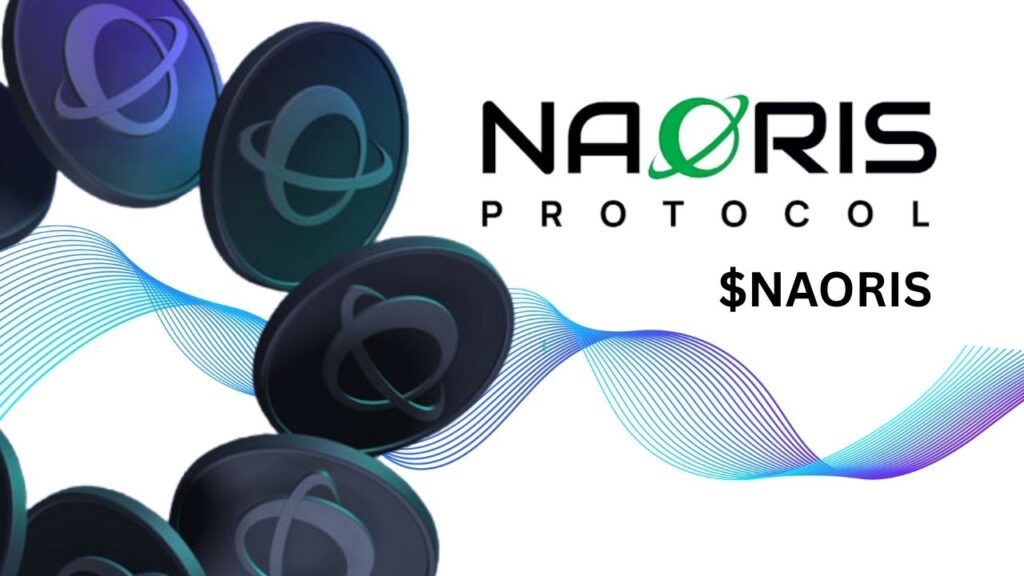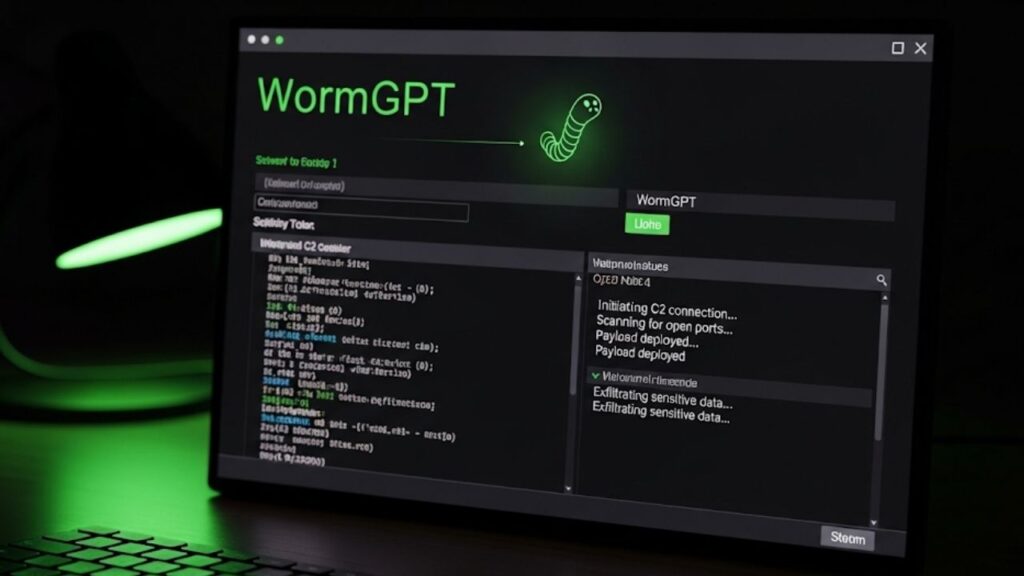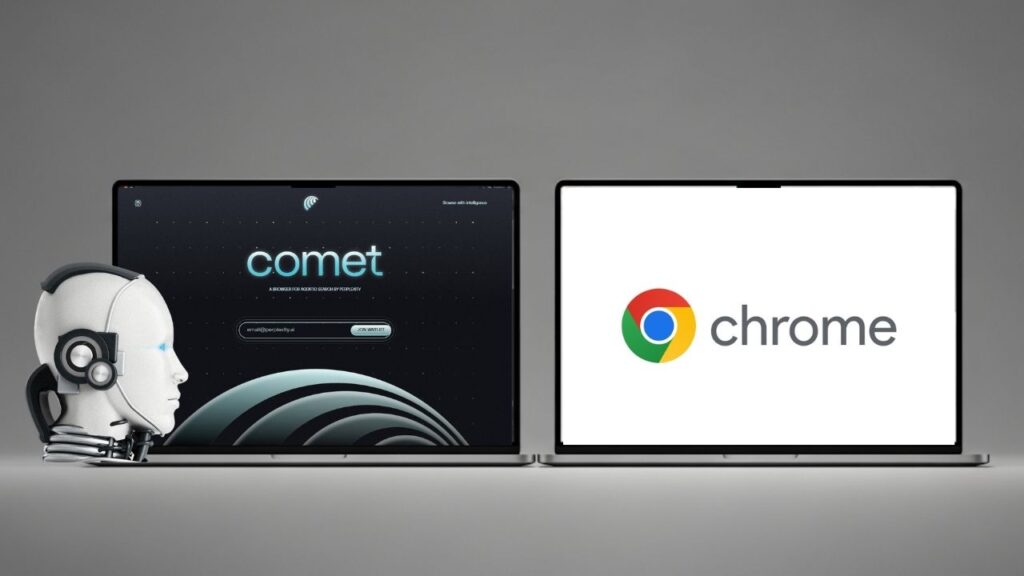Imagine you have a magical calculator that can solve a problem in seconds—a problem that would take your fastest computer today millions of years. That’s the dream of quantum computing, a new way of computing that uses the rules of quantum physics, the science of the very small. Unlike your regular computer, which uses bits that are either 0 or 1, quantum computers use qubits, which can be 0, 1, or both at the same time—a quantum trick called superposition. This lets them explore many answers at once, making them incredibly powerful for certain puzzles, like breaking codes or simulating molecules.
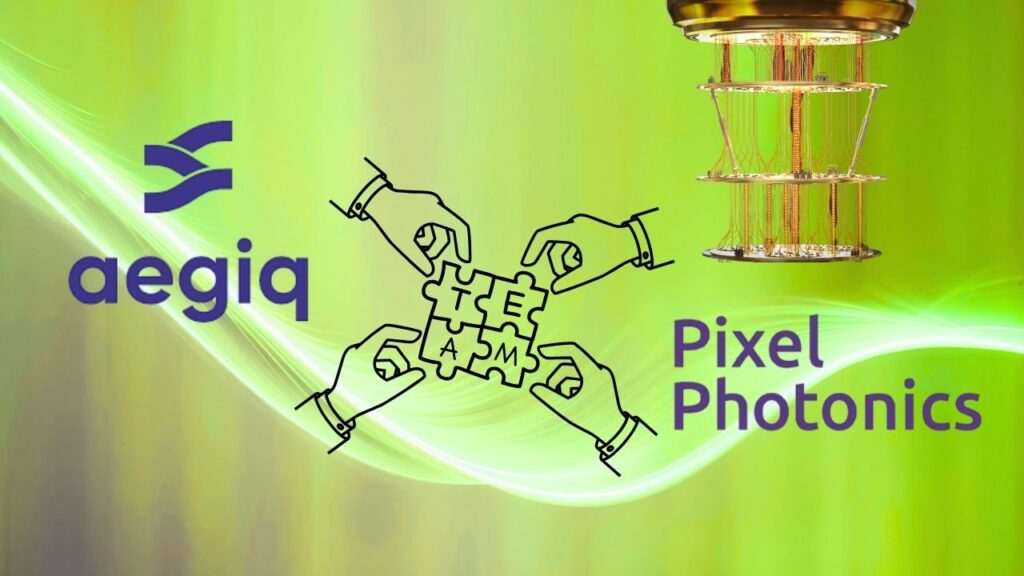
But building a quantum computer isn’t easy. Photonic quantum computing is one of the most promising paths. Instead of electricity, it uses tiny particles of light called photons as qubits. Since photons travel in fiber-optic cables—the same technology used for the internet—they can work at room temperature and connect over long distances, making this approach easier to scale up. But there’s a big challenge: we need to generate, route, and detect single photons with incredible precision, all on a tiny chip.
That’s where Aegiq and Pixel Photonics come in.
Table of Contents
A Powerful Partnership
Aegiq, a UK company based in Sheffield, is a leader in making on-demand single-photon sources. Imagine a super-fast, ultra-precise “light bulb” that blinks exactly when you want it to, billions of times per second, at the same wavelength used by the internet. Pixel Photonics, from Germany, builds some of the world’s most sensitive “light meters”—superconducting nanowire single-photon detectors—that can spot a single photon with lightning speed, even when it’s hidden among billions of others.
On July 24th, 2025, these two companies announced a strategic partnership to combine their technologies and work toward building a scalable, practical photonic quantum computer. They’ve signed a Memorandum of Understanding (MoU), kicking off a collaboration aimed at integrating their devices onto a single, shared photonic platform.
Aegiq and Pixel Photonics Team Up to Supercharge Scalable Quantum Computing
| Aspect | Details | Why It Matters |
|---|---|---|
| Companies Involved | Aegiq (UK), Pixel Photonics (Germany) | Combines world-leading expertise in photon generation and detection |
| Technology Focus | Photonic quantum computing: Generating, routing, and detecting single photons on a chip | Key to scalable, practical quantum systems |
| Aegiq’s Strength | GHz-speed, telecom-wavelength single-photon sources | Enables fast, fiber-compatible quantum communication |
| Pixel Photonics’ Strength | Waveguide-integrated superconducting nanowire single-photon detectors (WI-SNSPDs) | Ultra-sensitive, scalable detection for large quantum circuits |
| Partnership Goal | Integrated photonic platform for scalable quantum computing | Tackles a major bottleneck in photonic quantum computing |
| Industry Impact | Moves quantum computing from lab prototypes toward datacenter-scale, fault-tolerant systems | Critical for commercial applications in AI, cybersecurity, telecom |
| Career/Professional Insight | Growing demand for quantum engineers, physicists, and photonic chip designers | New jobs in quantum tech, photonics, and advanced manufacturing |
Aegiq and Pixel Photonics are pioneering a new approach to quantum computing, uniting world-leading single-photon sources and detectors on a scalable photonic platform. This partnership is aimed at solving a critical bottleneck—the full quantum stack from generation to detection—on a single chip, making quantum computers more practical, manufacturable, and compatible with existing fiber networks. While challenges remain, their collaboration is a significant step toward the commercial, fault-tolerant quantum computers of tomorrow.
What Is Quantum Computing?
Quantum computing is a completely new way to process information, using the strange rules of quantum mechanics. In a normal computer, information is stored as bits—either 0 or 1. In a quantum computer, information is stored in qubits that can be 0, 1, or both at the same time (superposition). Qubits can also be entangled, meaning the state of one qubit instantly affects another, no matter how far apart they are. These properties let quantum computers solve certain problems much faster than any regular computer.
Why Is Photonic Quantum Computing Special?
Most quantum computers today use technologies like superconducting circuits or trapped ions, which require extreme cooling—sometimes to almost absolute zero (–273°C). These systems are power-hungry, expensive, and hard to scale.
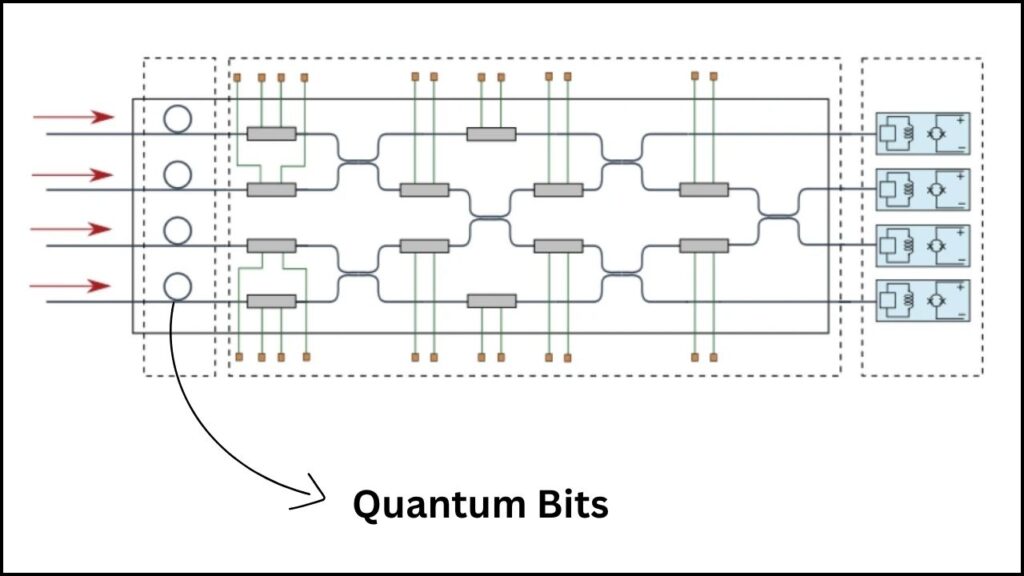
Photonic quantum computers use photons—particles of light—as qubits. Photons are easy to move around in fiber-optic cables (the same ones carrying your internet), and they don’t need extreme cooling. This means they can work at room temperature, are safe from some types of noise and interference, and can be connected over long distances. But there’s a big challenge: you need to create, move, and detect single photons with almost perfect accuracy, all on a tiny chip.
The Aegiq and Pixel Photonics Integration: Step by Step
Step 1: Generating the Photons (Aegiq’s Role)
Aegiq builds single-photon sources that fire individual photons at GHz speeds—that’s billions of times per second—matching the wavelengths used in telecom networks. This is critical for making quantum computers that can communicate over long distances, just like the internet does today. Unlike some quantum systems, which only generate photons randomly, Aegiq’s technology creates photons on demand, exactly when needed. This reliability is essential for building real, practical quantum systems.
Step 2: Routing the Photons
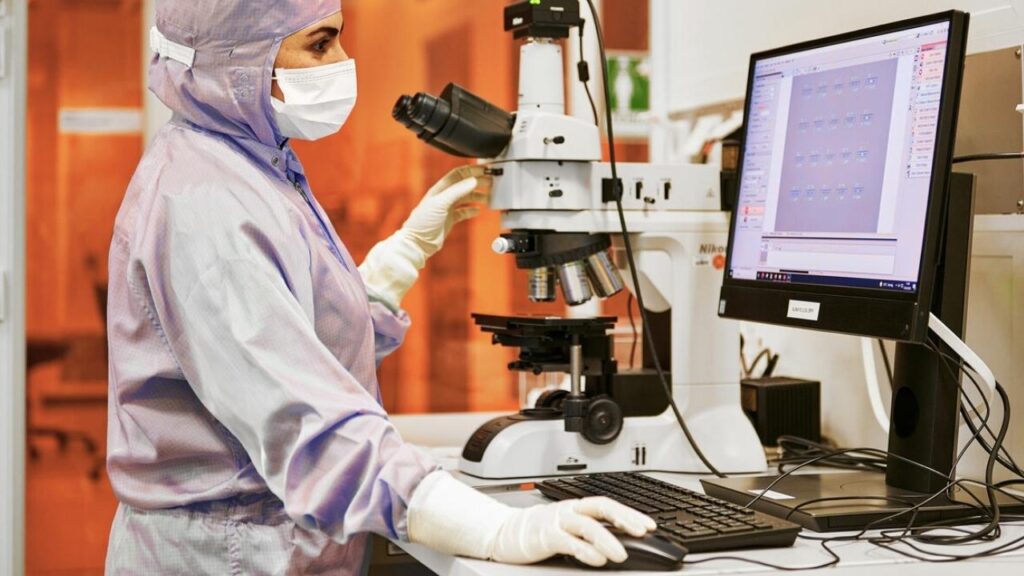
Once you’ve made a photon, you need to guide it through a photonic integrated circuit—a microscopic “highway” for light etched onto a chip. The goal is to move photons to exactly where they’re needed without losing any along the way. If too many photons are lost, the quantum information disappears, and the computation fails. Advances in photonics mean that these waveguides and switches can now be made at scale, just like the electronics in your phone.
Step 3: Detecting the Photons (Pixel Photonics’ Role)
Pixel Photonics’ waveguide-integrated superconducting nanowire single-photon detectors (WI-SNSPDs) are among the most sensitive in the world.
They can spot a single photon with near-perfect accuracy, even when it’s moving very fast. These detectors can be built directly into photonic chips, making them perfect for large-scale quantum systems. Without good detectors, it’s impossible to “read” the results of a quantum computation.
Step 4: Integrating Everything on a Single Chip
The real breakthrough comes when you combine all three steps—generation, routing, and detection—on a single chip. This means quantum computers can be made smaller, more reliable, and easier to mass-produce. Aegiq and Pixel Photonics are working toward this goal, aiming to create scalable, manufacturable photonic quantum computers that can be built in large numbers, just like today’s silicon chips.
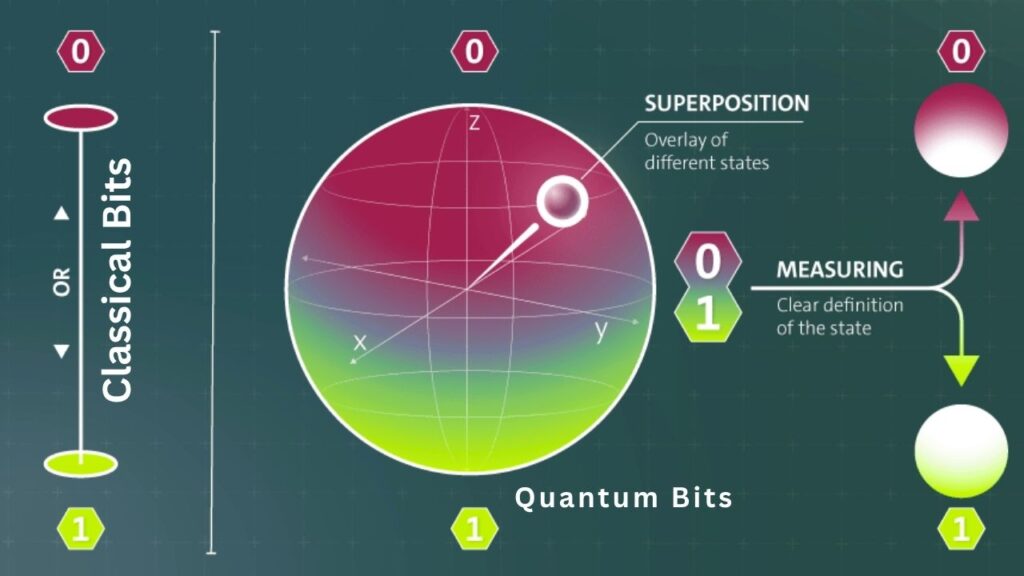
Why This Partnership Matters
Advancing the State of the Art
By combining their expertise, Aegiq and Pixel Photonics are tackling one of the biggest challenges in quantum computing: scalability. Most quantum systems today are lab prototypes, glued together with experimental components. This partnership aims to build a modular, foundry-made quantum processor—an approach that borrows lessons from the semiconductor industry, where chips are mass-produced in factories. If successful, this could put practical, large-scale quantum computing within reach.
Bridging the Gap Between Lab and Datacenter
The companies’ technology is datacenter compatible: it can fit into standard racks and use normal optical fiber for communication. This means quantum computers could one day sit right alongside today’s servers, solving problems no classical machine can handle. The companies also focus on hybrid integration, meaning their chips can be combined with different types of hardware for different tasks.
Industry Applications
Practical photonic quantum computers could transform many fields:
- Artificial Intelligence: Training machine learning models much faster.
- Cybersecurity: Creating unbreakable codes and detecting cyberattacks.
- Telecommunications: Enabling ultra-secure, high-speed networks.
- Drug Discovery & Materials Science: Simulating molecules and materials at the quantum level—something impossible for even the biggest supercomputers.
The Human Side: Careers and Opportunities
The quantum tech industry is booming, with strong demand for quantum engineers, photonics specialists, chip designers, software developers, and quantum algorithm experts. Companies like Aegiq and Pixel Photonics are leading the way, using real-world needs to guide their technology choices. There are also opportunities in research, manufacturing, and consulting—in the UK, Germany, and around the world.
Aegiq has raised nearly £4 million in funding and has been involved in consortia worth more than £20 million, while Pixel Photonics has secured significant European grants, showing strong support for their roadmap. Both companies are hiring and collaborating with universities to train the next generation of quantum professionals.
Challenges and Caveats
Despite the excitement, there are still hurdles to overcome. Photon loss, quantum noise, and error correction are ongoing challenges. The field of scalable photonic quantum computing is still young, and many questions remain about how to build systems that are fault-tolerant—meaning they can keep working even if some parts fail.
The success of the Aegiq and Pixel Photonics partnership will depend on their ability to deliver real-world integration, performance, and manufacturability. There’s healthy competition from other companies and funding agencies, but the combined expertise of these two firms puts them at the forefront of the photonic quantum revolution.
SEALSQ Teams Up With Colibritd and Xdigit to Boost Semiconductor Yields With Next-Gen Solutions
Amazon Teams Up With Anthropic to Build an AI Super Hub With New Data Centers
FAQs About Aegiq and Pixel Photonics Team Up
What is a qubit?
A qubit is the smallest unit of quantum information. Unlike a regular bit (0 or 1), a qubit can be both 0 and 1 at the same time, thanks to superposition. This lets quantum computers explore many possibilities at once.
What is entanglement?
Entanglement is a quantum phenomenon where two qubits become linked in such a way that the state of one instantly affects the other, no matter how far apart they are—a key feature that makes quantum computers so powerful.
How is photonic quantum computing different from other types?
Photonic quantum computing uses light (photons) as qubits, working at room temperature and using existing fiber-optic technology. This approach avoids the need for extreme cooling and is naturally compatible with optical communication networks.
Will quantum computers replace regular computers?
No—quantum computers are amazing at certain types of problems (like code-breaking or molecule simulation) but are not faster at everyday tasks like browsing the web or sending emails. They will work alongside classical computers, not replace them.
When will quantum computers be available for general use?
Photonic quantum computers are still in development, with most systems being lab prototypes. Partnerships like this are accelerating progress, but it may still be years before quantum computers are as common as laptops or smartphones.
What are the career opportunities in quantum computing?
There’s growing demand for quantum engineers, physicists, software developers, and chip designers, as well as specialists in photonics, materials science, and cybersecurity. Universities and companies are investing in training and research opportunities.
Looking Ahead: The Future of Quantum Photonics
The partnership between Aegiq and Pixel Photonics is a major step toward practical, scalable photonic quantum computing. By uniting the best in single-photon generation and detection, they are aiming to close one of the field’s biggest gaps: building efficient, manufacturable, and interoperable quantum systems that can fit into real-world data centers.
Their approach—integrated, modular, and scalable—offers a clear path to the kind of quantum computers that could transform industries from AI to healthcare. While technical challenges remain, the progress made by these two companies—and the broader quantum ecosystem—is accelerating the arrival of a new computing era.


